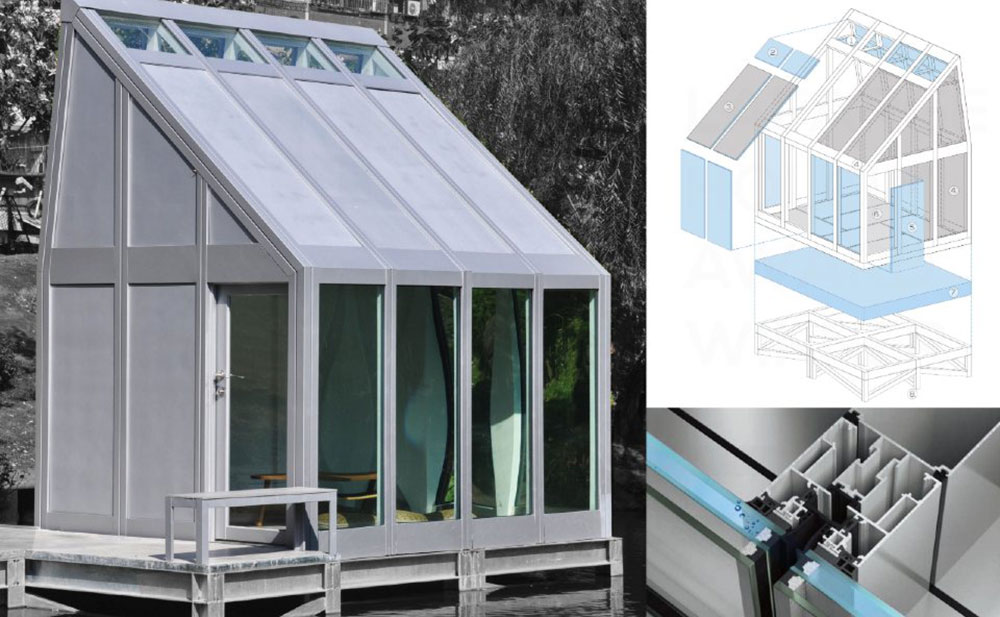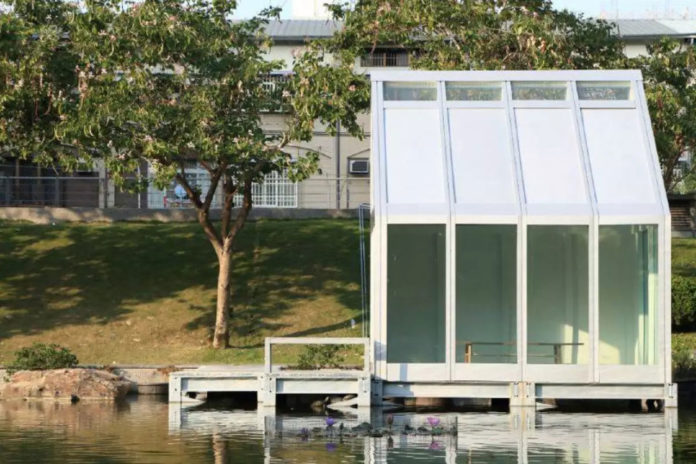In addition to help absorb more natural light, the normal glass windows also make the house have problems due to weather. During summers, heat through the window can increase the temperature inside, and in winters, it can let the heat through the room escape impacting units consumed (of electricity) for an air conditioner or room heaters.
Now, researchers at Loughborough University (UK) have created a water-filled window that can overcome these problems. It keeps the buildings in hot climates cool, and buildings in cool settings warm – without requiring an additional energy supply.
The ‘water-filled glass’(WFG) system, designed by Dr. Matyas Gutai, is a transparent glazing system that utilizes water infill to improve the thermal performance of the building envelope in a bid to reduce energy use and carbon emissions. WFG involves a sheet of water being trapped between a panel of glass, and the water is practically invisible. The windows are connected to an indoor storage tank using pipes hidden in the walls, allowing water to flow easily between the windows and the tank.

This system allows the ‘Water Houses’ to cool and reheat themselves, without needing an additional energy supply for most of the year. When sunlight penetrates the glass, the windows will keep the buildings cool as the water absorbs external and internal heat. This warm water is then circulated to the storage tank.
And when the outdoor temperature drops, the stored warm water can be brought back to the walls to reheat the building using a monitoring system similar to central heating. The heated water can also be used for domestic purposes. Although some electricity is required to pump the water back and forth, the creator Dr. Matyas Gutai claimed that it uses much less energy than HVAC systems (heating, ventilation, and air conditioning).
Currently, the inventor team is testing water-filled windows in 2 houses located in 2 places with different weather conditions, including Taiwan and Hungary. The installation of WFG can save energy from 47% -72% compared to when using double glazing windows and 34% -61% compared to with triple glazed windows.
Dr. Gutai is now looking to develop this technology into a product and is working with colleagues in academia and enterprise to achieve this goal. He is also to build on the research by comparing WFG with dynamic glazing, evaluating life-cycle impact, and simulating thermal comfort.
Journal References:
- Energy consumption of water-filled glass (WFG) hybrid building envelope. DOI: 10.1016/j.enbuild.2020.110050
